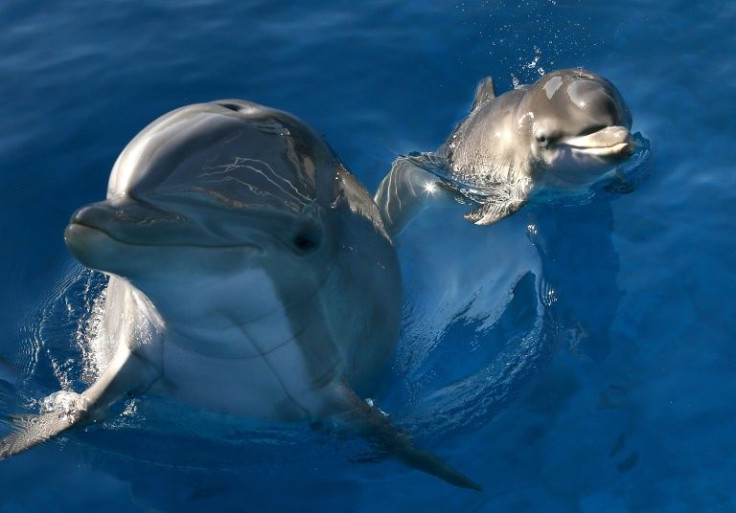Dolphins Exhibit 'Frat Boy' Culture To Attract Females, Study Finds
KEY POINTS
- Similar to humankind, Intergroup cooperation is a feature present in dolphins
- The relationship between groups gave males more time to court the females
- Males with stronger alliances had greater reproductive success
Scientists have found that dolphins form male alliances akin to "frat boy" culture leading to increased chances of mating with a female.
Outside of humans, dolphins are the only known species that form these complex, cooperative "bromances," said the researchers in their study published in the journal PNAS.
Bromance Leads to Romance For The Ocean's Horniest Species https://t.co/JGIRp3ZwZR
— ScienceAlert (@ScienceAlert) August 30, 2022
Other animals, like the chimpanzees, undergo fierce male rivalry to showcase themselves as better mating candidates than their counterparts.
Not the male dolphins, though. Cooperative males form many alliances, and these different groups often work in tandem to woo the females.
The study was conducted on 121 adult male indo-pacific bottlenose dolphins (Tursiops aduncus) in Western Australia's Shark Bay and results claimed that males with stronger alliances courted female dolphins more and had greater reproductive success.
In general, an individual male teams up with about two or three other males when pursuing a female. These can be considered the human equivalents of wingmen.
Almost all the adult male dolphins in the study belonged to a second-tier social alliance made up of between 4 and 14 other dolphins. Surprisingly, these alliances did not always compete with other second-tier groups for female attention.
In fact, they sometimes worked together – creating a third tier of alliances.
Whenever this fraternity was observed, it was found that the rate of reproductive success was greater for the males. Essentially, their cooperation reduced competition.
The relationship between groups and not the alliance size had the most impact since it gave the males more time to court the females.
"We show that the duration over which these teams of male dolphins consort females is dependent upon being well-connected with third-order allies, that is, social ties between alliances leads to long-term benefits for these males," said study co-author, ethologist Simon Allen from the University of Bristol.
Previously believed to be limited to humankind, Intergroup cooperation is a feature present in dolphins as well.
This is a perplexing find because dolphins have promiscuous social arrangements that are more common in chimpanzees than us modern humans. Different from humans, mating dolphins don't display pair bonds, and the males don't help raise their calves.
So, the question arises -- what is the reason behind this similarity between dolphins and humans?
The scientists are not sure but they think the social brain hypothesis may be the reason. The hypothesis attributes the large brains and intelligence of both humans and dolphins to their complex relationships.
"The discovery of strategic, multilevel male alliances in dolphins is a surprising case of convergence that broadens our understanding of human social and cognitive evolution," wrote the authors of the study.

© Copyright IBTimes 2024. All rights reserved.





















